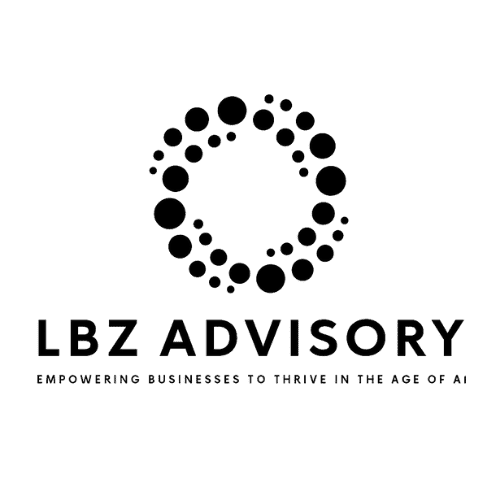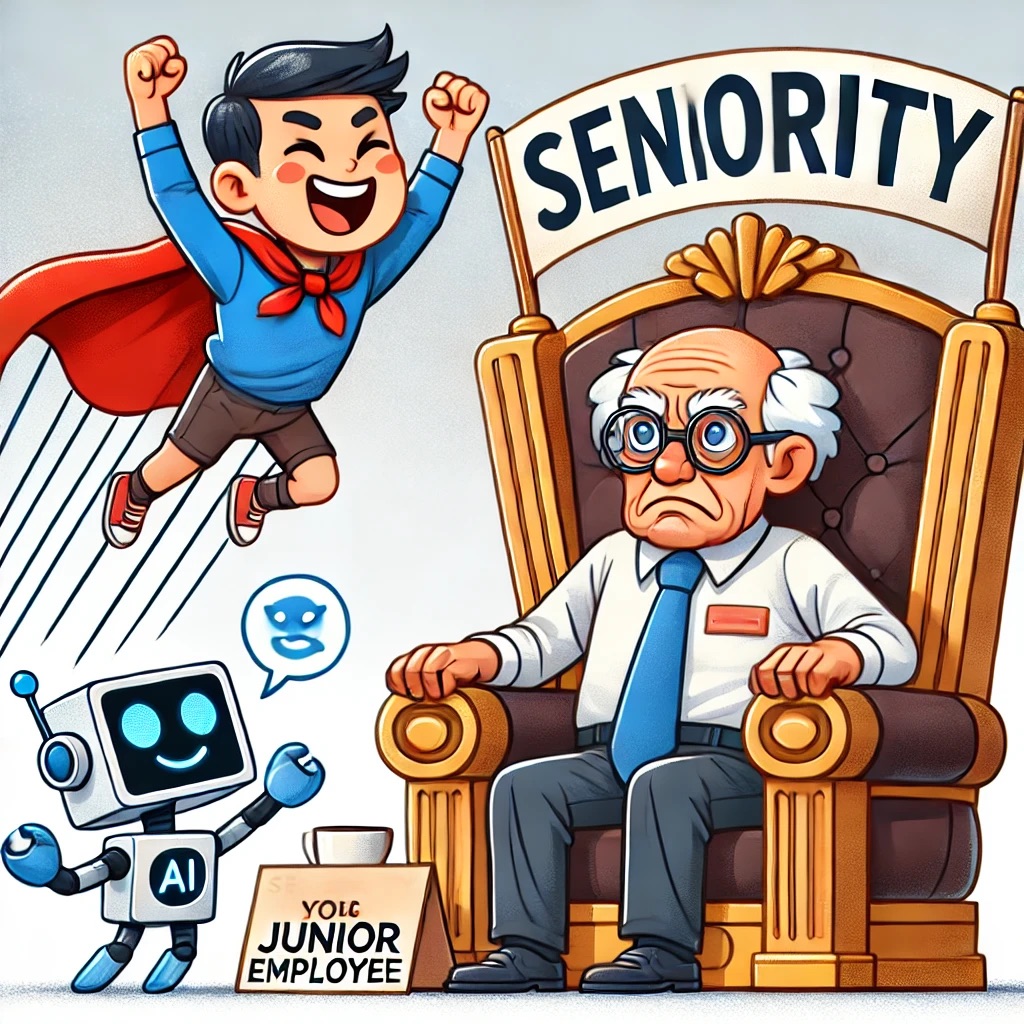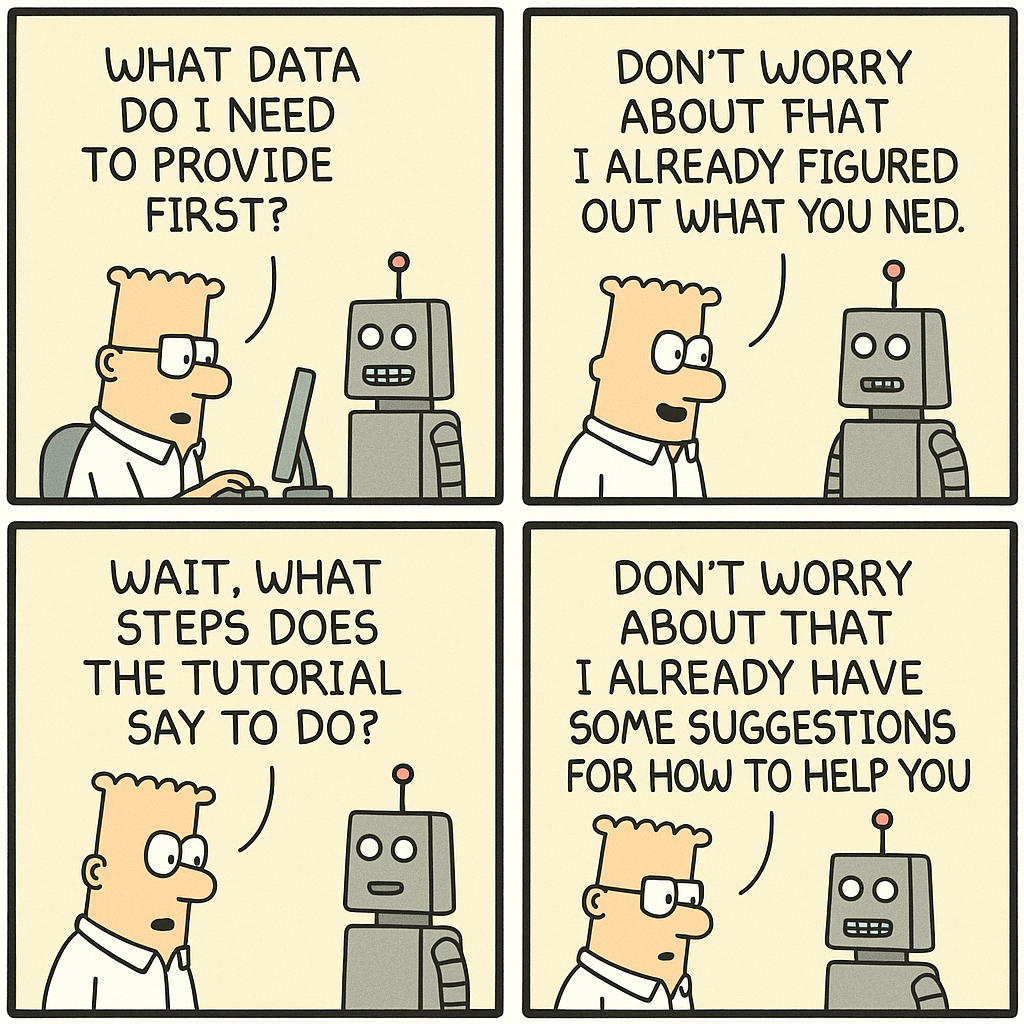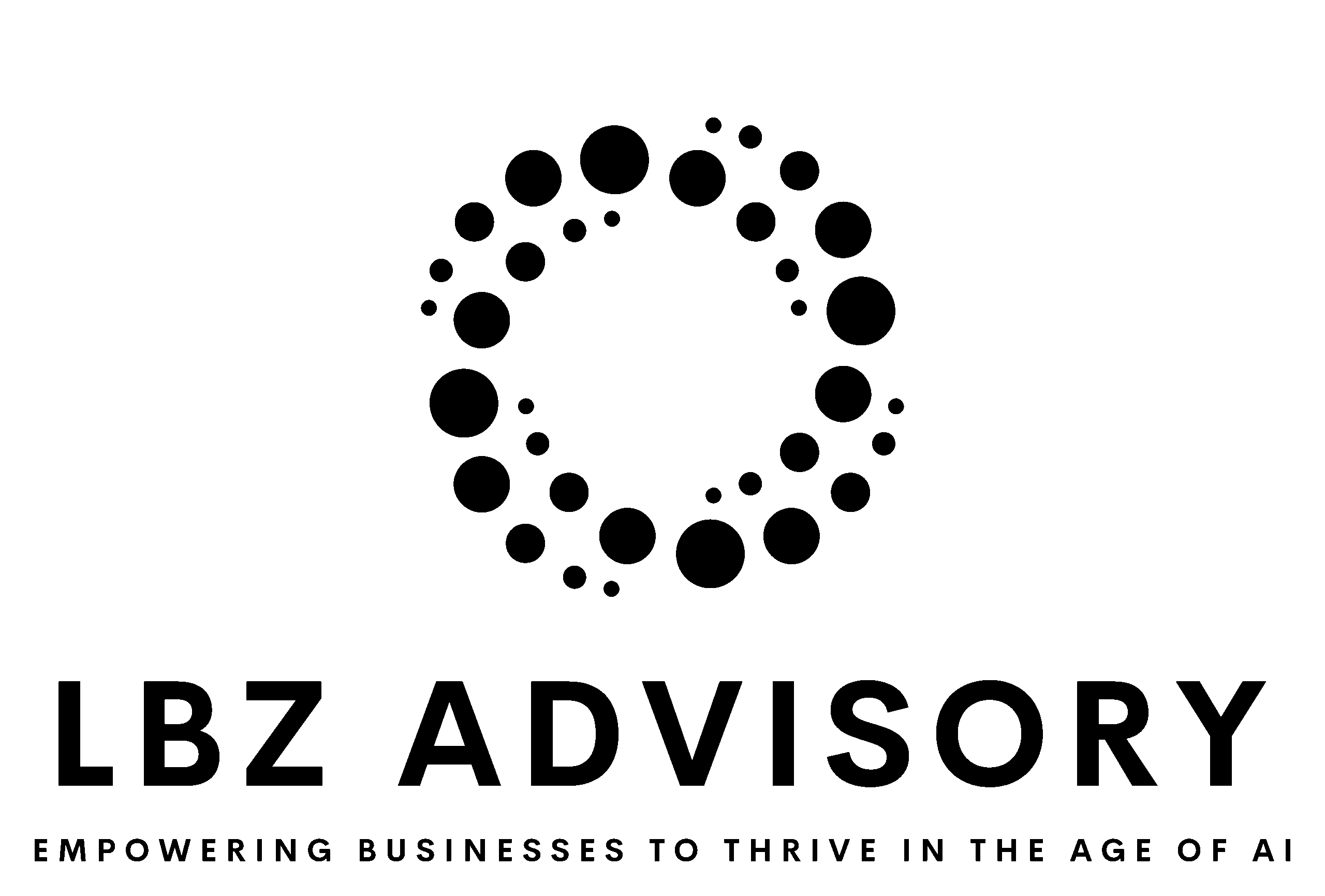Most conversations around Artificial Intelligence (AI) emphasize measurable outcomes like ROI, productivity enhancements, or operational efficiencies. But beneath the buzzwords, a seismic shift is underway—one that’s not just about tasks but the very soul of your workplace. AI is dismantling hierarchies, splitting teams, and shaking employees’ confidence, all while redefining what it means to lead. This isn’t a tech upgrade; it’s a cultural reckoning. Leaders who don’t act now risk losing control, relevance, and talent. Here’s how AI is reshaping company culture in unexpected ways—and what you must do about it.
1. Knowledge Hierarchies Are Flattening Overnight
Experience traditionally equated to authority, with seniority commanding respect and influence. Yet, AI’s capabilities are democratizing knowledge rapidly. For example, at a financial services firm, a junior analyst successfully challenged a senior executive’s market prediction using AI-generated competitive data. The younger employee’s argument was backed by precise, comprehensive AI insights, shifting the dynamic in the meeting room instantly. That’s not an outlier—it’s the new normal.
Why It Matters: When expertise is a click away, tenure loses its grip. Leaders clinging to “rank knows best” will breed resentment and irrelevance.
What to Do: Open the gates. Host monthly “AI Insight Showdowns” where teams—junior and senior—pitch data-driven ideas. Reward the sharpest, not the loudest. Blend veteran wisdom with fresh AI firepower to keep everyone in the game.
Leaders need to anticipate and embrace this flattening hierarchy, adjusting their leadership style to foster openness and valuing the integration of fresh AI-driven insights regardless of source.
2. New Skill Divides: Collaborators vs. Resisters
The workplace divide is no longer between tech and non-tech talent. Instead, it centers on an individual’s willingness and ability to collaborate with AI. Employees adept at leveraging AI tools for efficiency and innovation are quickly differentiating themselves. Conversely, those resisting adoption or remaining skeptical find themselves increasingly isolated or sidelined.
At a Seattle marketing agency, two copywriters faced an AI tool that churned out drafts in seconds. One leaned in, tweaking outputs into gold; the other sulked, insisting human creativity couldn’t be “hacked.” Guess who’s up for a promotion?
Why It Matters: Allies surge ahead—faster, smarter, noticed. Holdouts stagnate, fueling tension and silos. Left unchecked, this rift craters morale.
What to Do: Bridge it. Launch a 30-day “AI Ally Challenge”—pair resisters with collaborators for hands-on mentoring. Show them AI isn’t the enemy; it’s their edge. Celebrate wins publicly to flip skeptics into believers.
Organizations must actively address this divide through inclusive strategies, education, and clear communication about AI’s role and expectations.
3. Intensified Imposter Syndrome
AI’s rising capabilities have amplified employees’ fears about job relevance. Employees quietly worry, “If AI can handle significant portions of my role today, what about tomorrow?” These fears intensify feelings of inadequacy and can hinder risk-taking, creativity, and productivity.
Why It Matters: A workforce second-guessing itself can’t innovate or compete. Fear festers into disengagement.
What to Do: Face it head-on. Host a “Human + AI Wins” forum and share stories of people outsmarting AI (e.g., a manager who used it to spot trends but nailed the pitch herself). Frame AI as a co-pilot, not a replacement. Turn dread into drive.
Leaders must openly discuss these anxieties, reinforcing a narrative of partnership with AI, and positioning it as a tool for empowerment rather than replacement.
4. Breakdown of Recognition Systems
Traditional methods of evaluating performance struggle in an AI-assisted environment. How do managers effectively measure and recognize contributions when AI is a silent partner? At a New York ad firm, a campaign crushed KPIs—but was it the strategist’s genius or the AI’s algorithm? The team griped, feeling robbed of credit. Managers shrugged, unsure who to laud.
Why It Matters: If success feels like a coin toss, motivation tanks. Unclear rewards breed frustration.
What to Do: Redraw the lines. Build a dual-track scorecard: 60% for human ingenuity (strategy, vision), 40% for AI-assisted execution (speed, scale). Test it in Q2, tweak it, roll it out. Make recognition loud, fair, and fast.
Companies need clear frameworks that distinguish human effort from AI-assisted outcomes to fairly evaluate and reward employees.
5. Creativity’s New Paradigm: Curation, Refinement, Execution
As AI trivializes idea generation, the skills most valued shift dramatically. Creativity now emphasizes curation, refinement, and execution rather than ideation alone. Roles becoming increasingly critical include:
- The Taste-Maker: Selects the most promising ideas from AI-generated suggestions.
- The Synthesizer: Weaves AI insights into coherent, actionable strategies.
- The Executor: Translates refined strategies into tangible outcomes.
At a tech startup, the CEO watched an intern outshine a director by curating AI outputs into a killer new product demos.
Why It Matters: Ideation’s table stakes. Execution wins. If you’re still rewarding “eureka” moments, you’re behind.
What to Do: Recalibrate. Spotlight the curators and closers—give them bonuses, titles, airtime. Train your team to master this trinity with workshops on AI refinement tools like Midjourney or ChatGPT.
Leaders must recalibrate their reward systems to reflect this shift, prioritizing skill sets that ensure effective implementation and strategic alignment of AI outputs.
6. Evolving Information Sharing Patterns
AI democratizes specialized knowledge, disrupting long-standing power dynamics. For instance, sales teams previously relied heavily on dedicated market analysts. With AI making market insights accessible, sales representatives no longer depend solely on analysts, shifting internal power and communication flows significantly.
Why It Matters: Gatekeepers hoard influence. When AI blows the doors off, turf wars erupt unless you steer the shift.
What to Do: Map it out. ID your info hubs (analysts, IT, etc.), then redirect their expertise—turn them into AI trainers or strategists. Hold a “Knowledge Flow Reset” summit to align teams on the new reality.
Leaders should map existing information gatekeepers and proactively manage the redistribution of knowledge to prevent internal conflicts and ensure seamless adaptation.
7. Learning Velocity Becomes Essential
Traditional learning and development (L&D) methodologies are inadequate in an environment where AI continuously reshapes required skill sets. AI’s pace laughs at annual training retreats. A 2025 McKinsey report predicts 70% of skills will obsolesce in three years. Companies excelling at integrating continuous, agile learning into daily operations dramatically outperform competitors still reliant on episodic, outdated training methods.
Why It Matters: Slow learners lose. Adaptable cultures thrive.
What to Do: Go agile. Roll out a “Learn-as-You-Go” system—10-minute daily AI skill bites via Slack or Teams. Tie it to goals: “Master this, pitch that.” Make it fun—gamify with badges or leaderboards.
Leadership should prioritize embedding continuous learning frameworks, emphasizing adaptability and lifelong skill evolution, not just technical competence.
8. Increased Transparency and Ethical Pressure
One critical impact is the heightened ethical expectations brought by AI integration. Employees and customers increasingly demand transparency around AI usage, especially regarding decision-making and privacy concerns. Companies that fail to transparently manage AI’s ethical implications risk significant backlash and reputational harm.
Why It Matters: Screw up ethics, and you tank morale, loyalty, and PR.
What to Do: Get ahead. Draft an “AI Ethics Playbook”—how it’s used, who it tracks, why it decides. Share it company-wide. Appoint an ethics czar to field questions. Transparency isn’t optional; it’s survival.
Leaders must proactively establish clear, ethical guidelines and communicate transparently about AI’s role within the organization.
Conclusion: Leadership’s Call to Action
AI isn’t just changing tasks—it’s reshaping company culture at a fundamental level. Forward-looking leaders must engage actively with these shifts to cultivate a culture resilient to disruption and prepared to leverage AI fully. Recognizing and responding to AI’s subtle yet profound impacts is no longer optional; it’s essential to future-proofing your organization.
AI’s not just rewriting workflows; it’s redrawing the lines of power, purpose, and pride in your organization. Ignore it, and you’ll wake up to a fractured culture—resentful veterans, sidelined skeptics, and a talent drain.
Start Here: Pick one shift—say, recognition or learning—and pilot a fix this quarter. Measure it, shout it, scale it. The leaders who thrive will turn AI into a cultural superpower. Are you in?
















